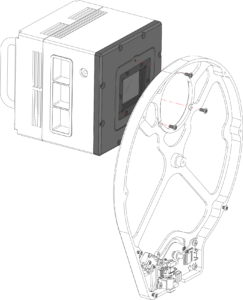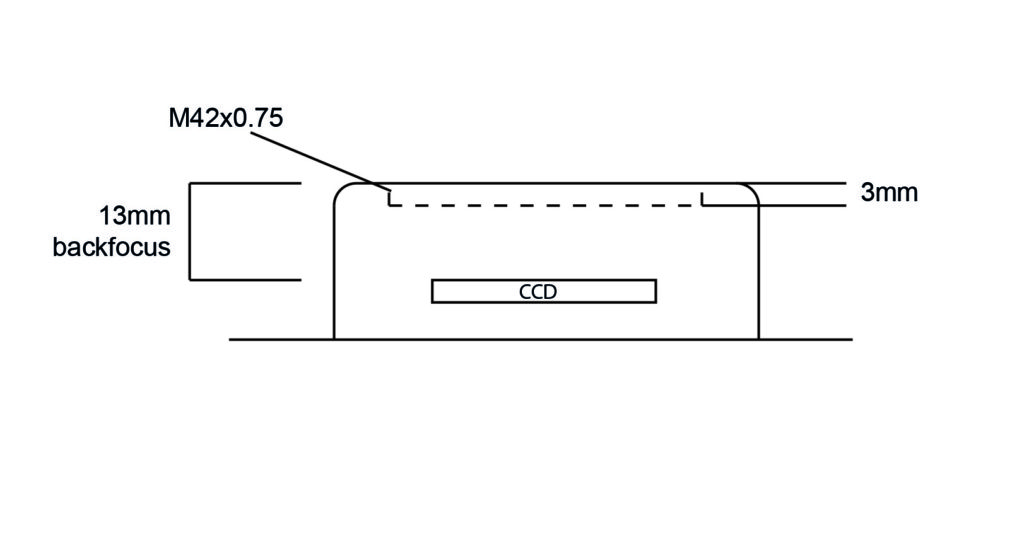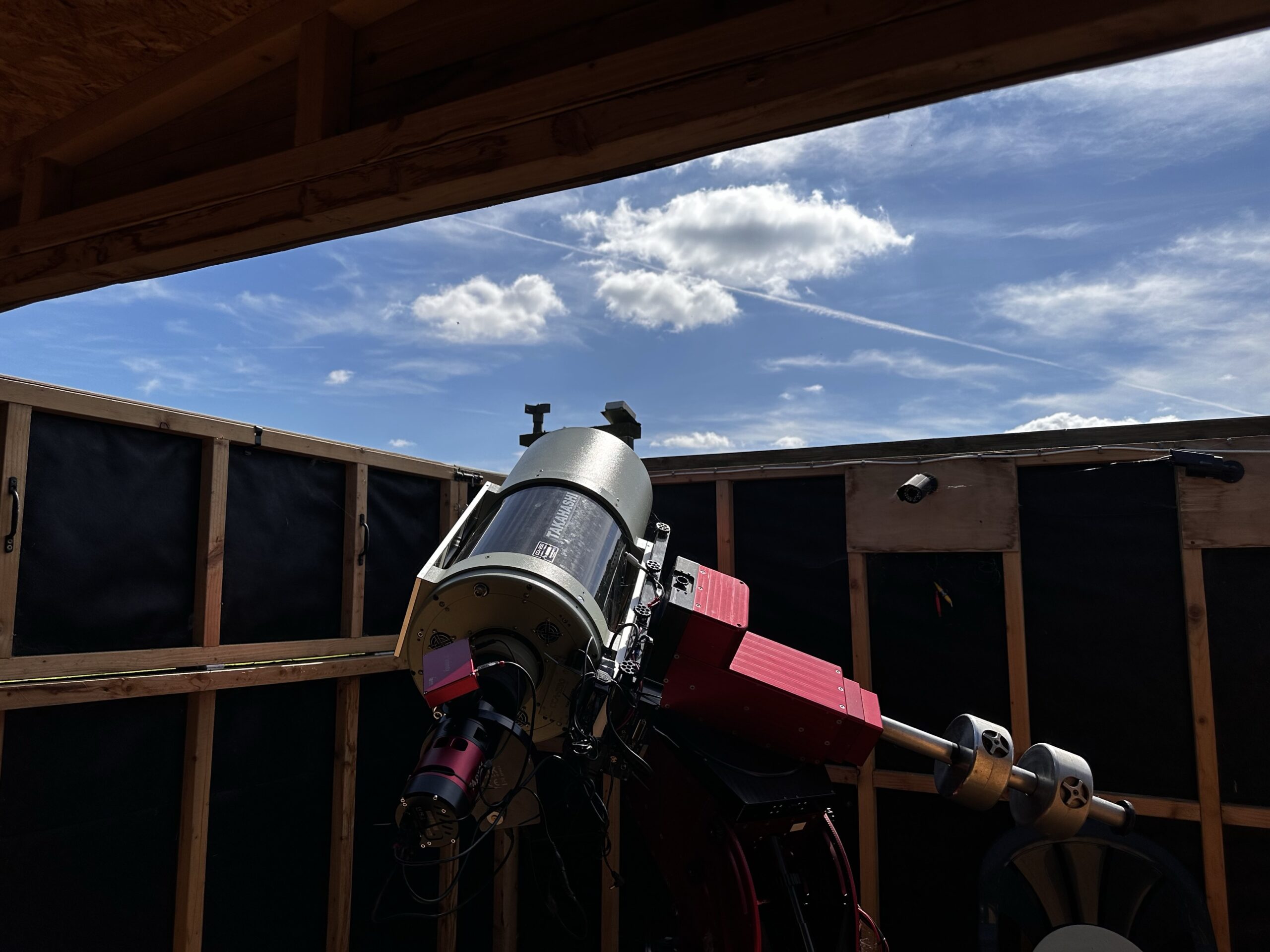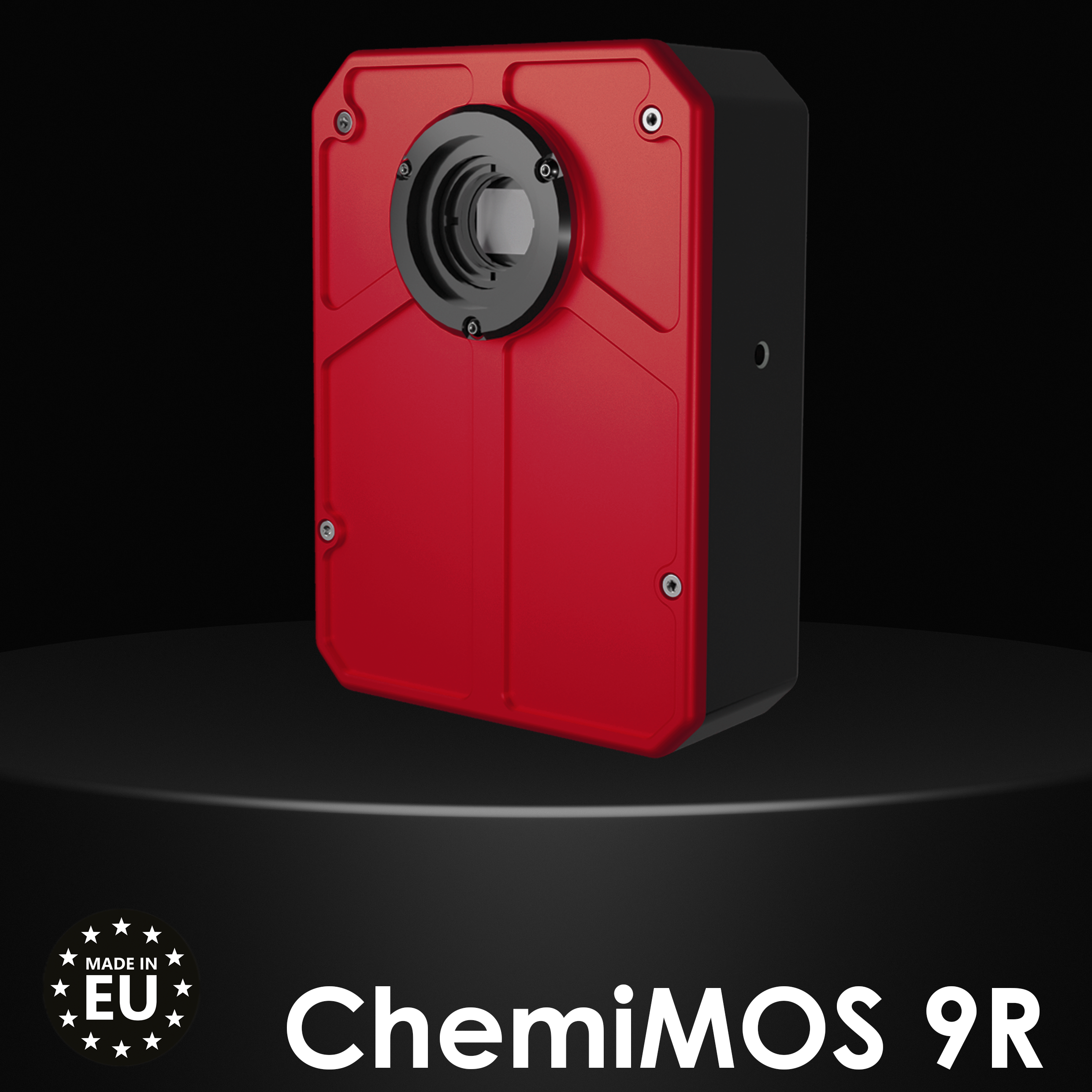Backfocus measurements specify the distance between the back of your telescope and the point at which light is focused. You need to place your camera (or eyepiece) at this point to see an in-focus image. So, for example, if your telescope has a backfocus of 100mm, the plane of the sensor should be 100mm from the end of the telescope.
Where backfocus becomes really critical is when using things like focal reducers or field flatteners. These will have a specified backfocus requirement, and you will need to make sure your camera is at this distance to get the most out of this type of device.
Finding the Right Backfocus
The backfocus of a camera is the distance from the plane of the sensor to the front of the camera. These measurements are available on all of our astrophotography cameras.
To calculate the backfocus of your setup, add up the backfocus of all the separate components. For example, if we take an Atik 460EX camera, this has a backfocus of 13mm. If we then add in an EFW2 filter wheel, this has a backfocus of 22mm. Next up, we want to add our OAG. This adds another 24mm backfocus. So now we have 13 + 22 + 24 = 59mm backfocus.
To be at the correct distance for our example 100mm, we now need to add 41mm. You can do this using extension tubes or spacers. You’ll want to ensure you get within ±2mm of the specified backfocus requirement (check with your device manufacturer for the exact tolerance).
But what if the total specified backfocus you’re trying to reach is only, say, 50mm? This is where integrated systems like the Atik One can really help. The Integrated Kit combines a camera, filter wheel and off-axis guider that all comes in at just 47mm backfocus. Similarly, we designed our Electronic Filter Wheels so they add no backfocus onto the camera, only the spacing of the wheel itself.
It’s worth mentioning that with the Atik 16200 and EFW3, you can remove the front plate before attaching the wheel. This cuts down the backfocus for that setup from 41.5mm to just 34.5mm.

Atik 16200 and EFW3
So is shorter better?
Shorter backfocuses can give you more flexibility with what you stick your camera on, and the other things you stick with it. They can also be useful if you’re looking to use smaller filters with larger sensors, as the close distance can cut down on vignetting.
However, there are also some problems with having a very short backfocus in a camera.
Condensation
One issue you can get is problems with condensation. Having the optical window very close to the cooled sensor is far more likely to create problems with condensation. By giving the camera a little more space here, you can avoid these problems. This makes for a more reliable imager, whatever the conditions outside. It also eliminates the need to use a window heater. For example, the Atik Horizon has a deep cooling delta of 40°C below ambient, but its 13mm backfocus combined with our advanced sealing methods and a high quality Quartz optical window, means it doesn’t suffer issues with condensation or dew, even without a heated window. This is also good news for the power consumption of the camera. Window heaters can draw a significant amount of power, and this can make a difference when using a mobile setup relying on battery packs.

Reflections
Another common issue is reflections. Again, with the optical window very close to the sensor, any light reflected off the cover glass of the sensor itself, is more likely to reflect back off the inside of the optical window and cause artefacts in your images. Having a little more space between the optical window and the sensor helps negate the occurrence of these artefacts.
Consistency
It can also be beneficial for us to keep a certain amount of consistency in backfocus across our range. For example, our 4-Series and the Horizon share a 13mm backfocus. This means that if you start out with an Atik Horizon and later decide to upgrade to an Atik 460EX CCD, it’s virtually as simple as swapping over the cameras, without having to worry about adjusting the spacing of the rest of your set up.



